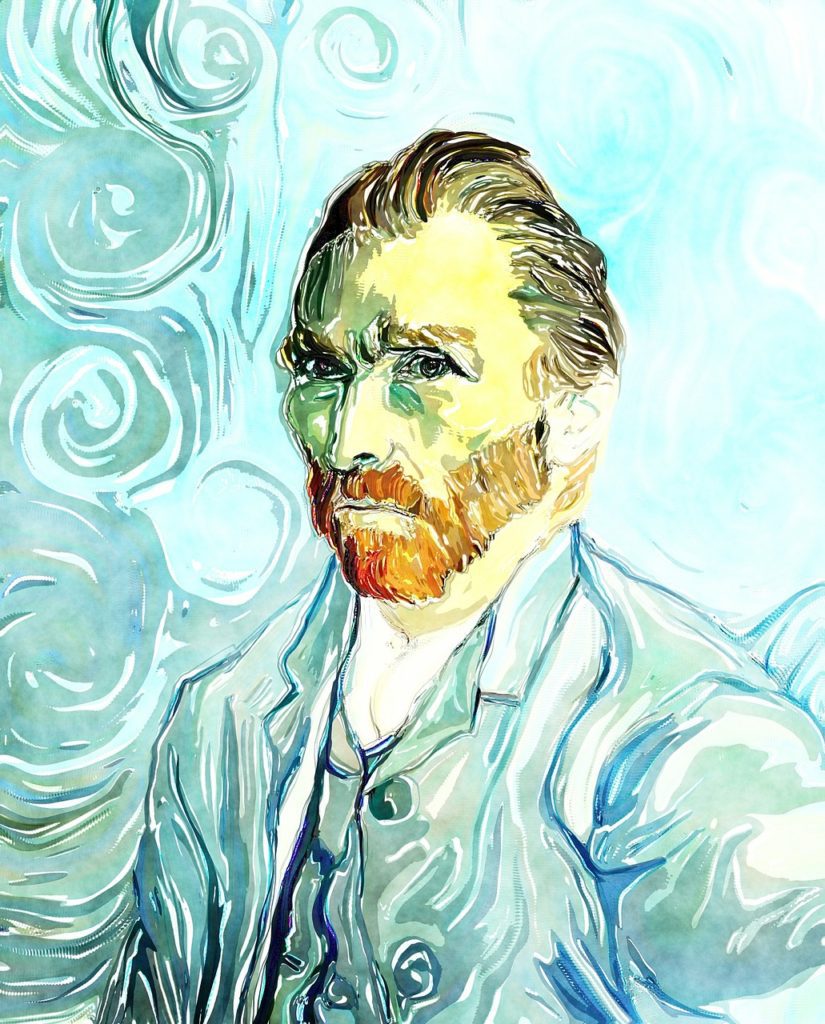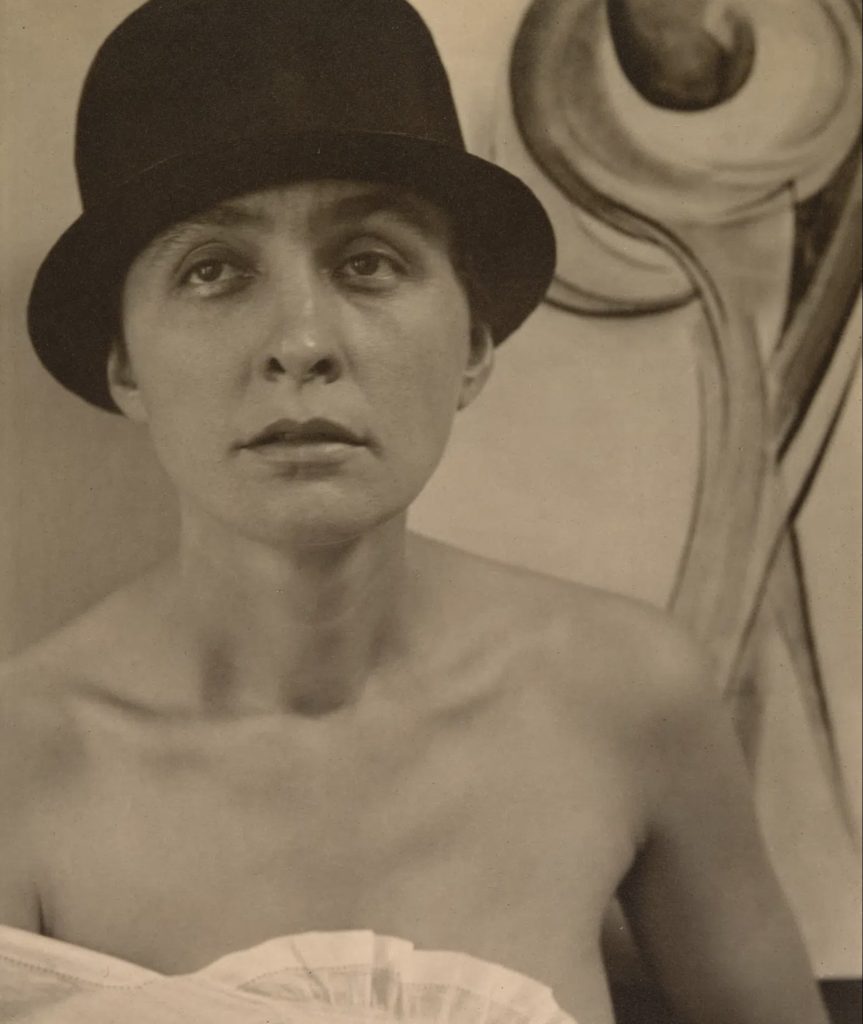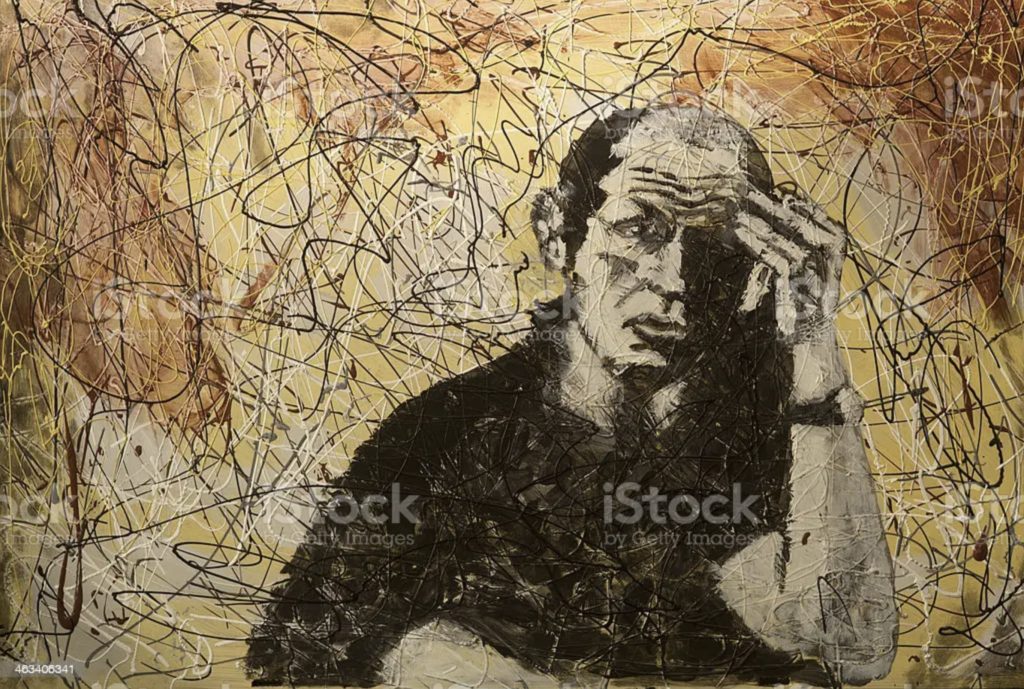Studies have shown that artists may be more likely to experience mental health problems than the general population. Being that May is Mental Health Awareness Month, I thought it was a good opportunity to highlight some of the most famous artists with mental illness. It is important to acknowledge their creativity and artistry also being a source of strength and resilience.
Mental Health Month is an important observance for several reasons:
- Raising Awareness: Mental Health Month helps to raise awareness about mental health issues and the importance of seeking help when needed. This is especially important since mental health is often stigmatized and people may be hesitant to seek treatment or talk openly about their struggles.
- Reducing Stigma: Mental Health Month helps to reduce the stigma associated with mental illness by promoting understanding and empathy towards those who are struggling. This can help to create a more supportive and inclusive society for people with mental health conditions.
- Promoting Treatment: Mental Health Month can also encourage people to seek treatment for mental health conditions. By highlighting the importance of early intervention and effective treatment, people may be more likely to seek help and recover from their mental health challenges.
- Providing Resources: Mental Health Month can also provide resources and information for people who are struggling with mental health challenges, as well as their loved ones. This can include information on where to find help, how to support someone who is struggling, and tips for self-care and coping.
Vincent van Gogh
Could this article even be about artists with mental health issues without Van Gogh? He is possibly the most famous of artists with mental illness.
Vincent van Gogh was a Dutch post-Impressionist painter who lived from 1853 to 1890. He is known for his vibrant and expressive paintings, including his iconic series of sunflowers and starry night. Van Gogh’s post Impressionism of Modern Art is among some of the most famous in the world.
Van Gogh’s life was marked by many personal and professional struggles, including mental health issues. Throughout his life, he suffered from depression, anxiety, and possibly bipolar disorder.
Van Gogh was institutionalized several times. This includes after he cut off his ear during a breakdown in 1888. He spent time in various psychiatric hospitals and sanitariums in France and Belgium. Although, the treatments he received were often harsh and ineffective. There was even use of electroconvulsive therapy and forced confinement in a straitjacket.

Despite his struggles, Van Gogh continued to create art throughout his life. In fact, some of his most famous works were created during periods of intense emotional turmoil. The most famous of those are “The Starry Night” and “Irises.”
Then, he ultimately died by suicide in 1890. It wasn’t until many years after his death that more effective treatments for mental illness, such as psychotherapy and medication, became available.
Today, Van Gogh is remembered as one of the most influential artists in history. His paintings continue to inspire and captivate viewers around the world. However, his life and struggles also serve as a reminder of the importance of mental health awareness. Also, the need for compassionate support and treatment for those who are struggling with mental health challenges.
Georgia O’Keeffe
Georgia O’Keeffe (1887-1986) was an American artist best known for her modernist paintings of flowers, landscapes, and other natural forms. She was born in Wisconsin and grew up on a farm in Virginia.
As a child, O’Keeffe showed an early interest in art. She went on to study at the Art Institute of Chicago and later at the Art Students League in New York. In 1916, O’Keeffe was introduced to the photographer and art dealer Alfred Stieglitz, who became her mentor, patron, and eventually her husband.

In 1918, O’Keeffe’s mother passed away. In 1933, O’Keeffe experienced a nervous breakdown and took a year-long hiatus from her artistic work. During this time, she traveled to Bermuda and later to Hawaii, where she began to regain her strength and inspiration.
However, in 1946, her sister Claudia died from cancer. In addition, her husband, the photographer and art dealer Alfred Stieglitz, passed away in 1946 as well. This contributed to her elongated depression throughout her life.
In addition to these losses, O’Keeffe also struggled with the pressures of fame. Also, and more importantly, expectations came with being a pioneering woman artist in a male-dominated field. However, despite these challenges, she continued to create innovative and powerful work throughout her life.
Despite these challenges, O’Keeffe remained committed to her art. She did not allow personal struggles to have lasting impacts on her career. She is remembered as being one of the most resilient artists ever and never let her life effect her work, never cracking under pressure.
While she is a very famous artist, she is not seen as one of the main artists with mental illness. This is because of her strength and determination that men dont have to endure.
Edvard Munch
Edvard Munch was a Norwegian artist who lived from 1863 to 1944. He is best known for his painting “The Scream,” which has become an iconic symbol of modern angst and anxiety. It is one of the most famous oil paintings in history. Therefore, not only is Munch one of many famous artists with mental illness, but his work embodies it too.
His upbringing was marked by tragedy and loss. This includes the death of his mother from tuberculosis when he was just five years old and the institutionalization of his older sister for mental illness.
In the early years of his career, Munch struggled with alcoholism. Because of this, he was hospitalized several times for alcohol-related illnesses. Later in life, he also experienced periods of severe depression and anxiety, and sought treatment from doctors and therapists.

Munch’s struggles with mental health were also reflected in his art. They explore themes of death, grief, and emotional pain. His work was deeply personal and often drew on his own experiences, including his struggles with relationships and his own mental health. He is widely known for working through his own emotional struggles through painting and drawing.
Despite the challenges he faced, Munch continued to create art throughout his life. His work remains an enduring testament to the power of artistic expression to explore and illuminate the human experience.
Michelangelo
Michelangelo Buonarroti was born on March 6, 1475, in Caprese, Italy. He died on February 18, 1564, in Rome, Italy, at the age of 88. Michelangelo was one of the most influential artists of the Italian Renaissance. His work continues to be admired and studied by people around the world.
He was known for his mastery of multiple artistic mediums. This includes painting, sculpture, and architecture, and his work has had a lasting impact on the history of art and culture.
Some scholars and historians have suggested that Michelangelo may have had obsessive-compulsive tendencies based on his artwork and personal behavior. However, it is important to note that these speculations are not based on any concrete evidence or diagnosis. There is no way to know for sure if Michelangelo actually had OCD.

In Michelangelo’s work, scholars pointed to his meticulous attention to detail and his repeated use of certain motifs. For example, the musculature of the human body, as possible indications of obsessive tendencies. Additionally, Michelangelo was known for his fastidious personal habits, such as his daily habit of washing his feet and hands before eating.
During Michelangelo’s time, mental health was not well understood and treatments were limited. Additionally, there was significant stigma attached to mental illness. This may have discouraged people from seeking help or speaking openly about their struggles.
Jackson Pollock
Jackson Pollock (1912-1956) was an American painter and a major figure in the abstract expressionist movement. He was born in Cody, Wyoming and grew up in Arizona and California. Pollock is well known for being one of many artists with mental illness.
Pollock had a troubled childhood. He had an abusive father and a dysfunctional family, which may have contributed to his later struggles with alcoholism and mental health.

He began drinking heavily in his teenage years and continued to struggle with substance abuse. Pollock was also known to have volatile mood swings and fits of anger and depression.
Pollock’s mental health issues came to a head in the late 1940s. He experienced a nervous breakdown and was hospitalized for several weeks. He was diagnosed with alcoholism, and it is believed that he suffered from bipolar disorder or another mood disorder.
After his hospitalization, Pollock worked with a psychiatrist and tried to control his drinking. However, he continued to struggle with his mental health. He eventually turned to psychoanalysis as a form of therapy. Then, he spent several years in treatment with the psychoanalyst Dr. Joseph Henderson. Despite his ongoing struggles with mental illness, Pollock continued to produce groundbreaking artwork throughout the 1950s.
He is best known for his unique style of drip painting. This involved pouring and dripping paint onto a canvas laid on the floor. His work is considered a key example of the Abstract Expressionist movement, which emerged in the United States in the mid-20th century.
Pollock died in 1956 at the age of 44 in a car accident while driving under the influence of alcohol. His legacy as an artist and his struggles with mental illness continue to be studied and discussed by scholars and artists around the world.
